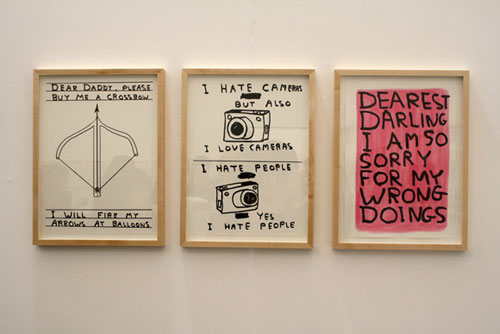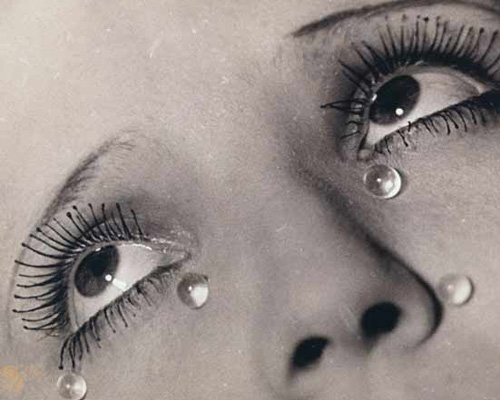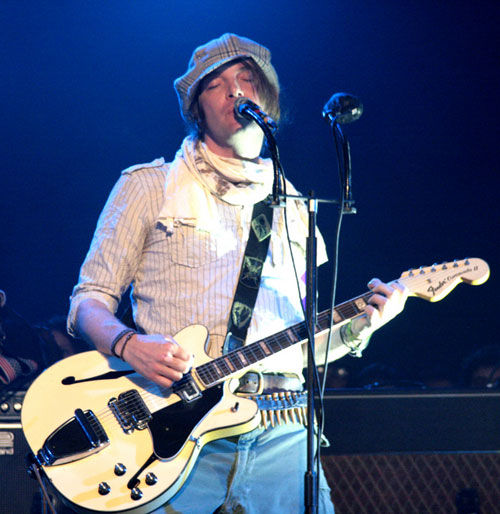While it is very possible that nothing hurts as much as music is also true that perhaps nothing has a similar potential to transform the personal and collective reality of humanity. Perhaps it is not at all strange if we view the universe and life in a Pythagorean manner, as a harmony of musical worlds or spheres, in alignment or with the ancient Hindu tradition that places dancing in the universal creation and destruction of Shiva with the revelation of cosmic truth, either way akin to modern theories of quantum strings that posit a multidimensional poliverse that consists of simultaneous non-vibrational states of a non poetic sense of eternity.

In Woody Guthrie´s guitar you could read the phrase “This machine kills fascists” to illustrate the case in a straightforward way. Through the affiliation of music social changes are almost as old as the history of mankind. It is possible that at first songs came to bring the collective union together according to a rhythmical pattern, creating a harmonious union between the different people involved in tasks. Similarly, the great epic poems that were sung for generations contributed to the feeling of belonging to a community with a history and common values.
Throughout the Middle Ages poems remained inseparable from music, the art of the Muses contributed decisively to the creation of a collective imagination of a world view of a particular generator that could in turn be subverted by the very form of expression . Thus, we could genuinely generate movements such as the Goliards or the dance of death, where the songs were the essential element, not to mention the transformation of the vision of love and relationships expressed through love songs sung by the troubadours of southern Europe.
Probably nothing served better as an advertisement for the impending French Revolution than the songs of Mozart´s opera The Marriage of Figaro, just as nothing has ever shocked probably both the guilty conscience and complicity of an entire country and a culture listening to Billie Holliday singing Strange Fruit for the first time, and nothing in recent history has generated such high expectations of rebellion, free radicalism as the advent of rock or some of the songs Dylan sang in the sixties.
The examples in pop culture are multiple, from The Beatles to the Sex Pistols, Patti Smith, Rufus Wainwright, the Smiths to Nirvana by Max Romeo CocoRosie …the list is never ending
To analyze this important catalytic power of the song in the personal lives and social movements is the objective of the exhibition offered by the Centro Andaluz de Arte Contemporaneo (http://www.caac.es/english/exh/projects/frame_anika11.htm) under the title , The song as transformative social force, that inaugurated the exhibition Songs by Annika Storm. (Until September 11th)
 Paul Oilzum
Paul Oilzum
Her videos, songs, and conceptual pieces are an exhilarating attempt of the transfiguration of everyday poetry accompanied by a low-fidelity kind of music. You may want to listen to it when you rent apartments in Seville

 English
English Translated by: Marc
Translated by: Marc

